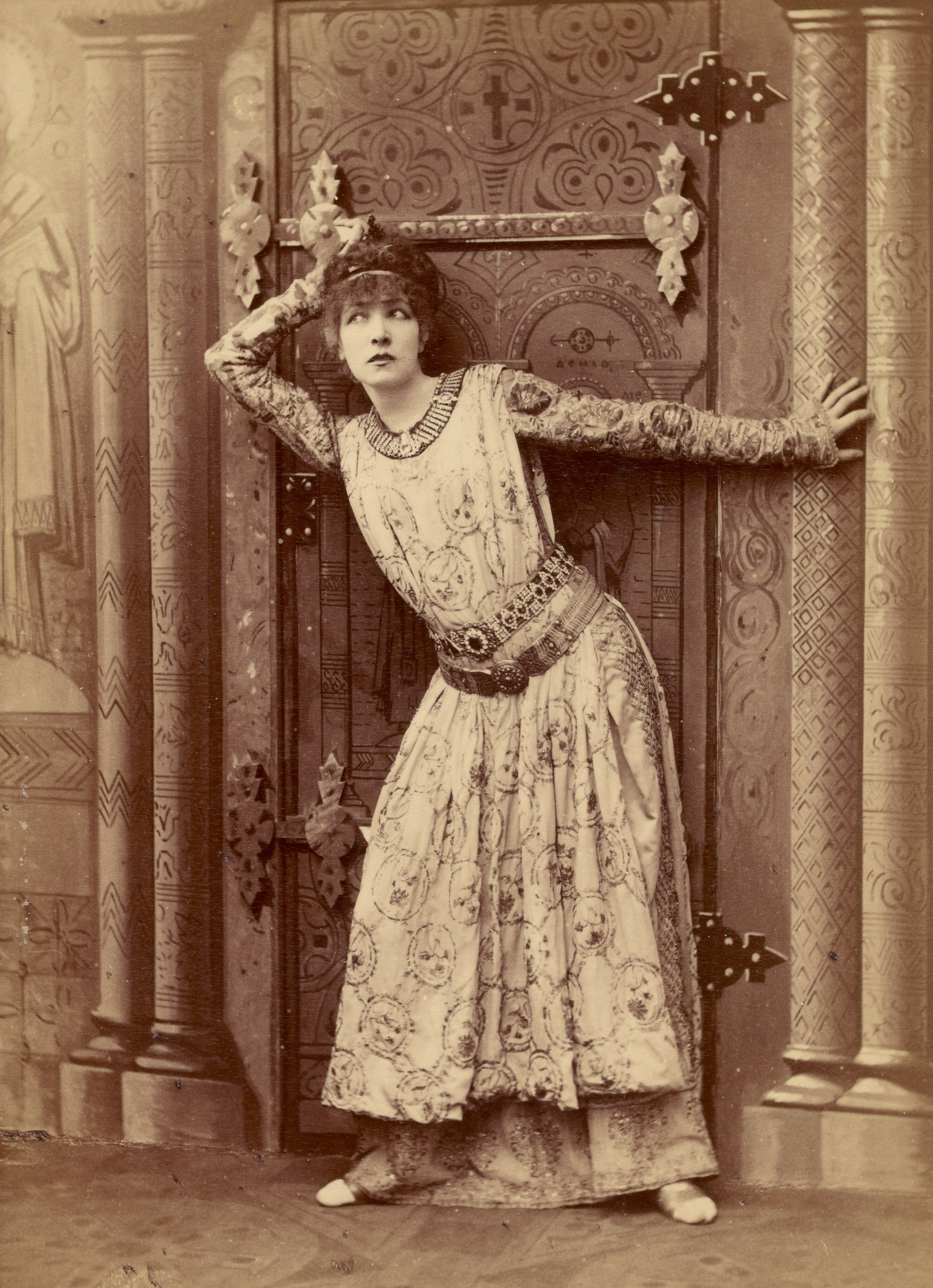I recently read “Thelonious Monk, the Life and Times of an American Original” by Robin D.G. Kelley. At 588 pages, a hundred of them end notes, it will likely remain the definitive work about the composer and pianist.
I found the chapters on Monk’s ancestors and the pre-war years in New York the most interesting. The following concerns Rubie Richardson – of “Ruby My Dear” – Monk’s first love:
“Rubie was undeniably one of the most desirable young women in San Juan Hill… Rubie and her younger sister Linnett were members of a social group called the ‘Brown Snapperettes.’… Her family was ‘up there’ they were uppity…,Skippy [the sister of the later-to-be Nellie Monk] used to say the Rubie was “such a much.”
Monk himself never really comes into focus. Perhaps he was unknowable. In retrospect, it’s amazing that he ever became successful and famous, not just because of his music, which was uncompromising.. He never had professional management, either artistic or business. His record labels didn’t produce him well
Perhaps he was unmanageable. He was chronically late to gigs. He started exhibiting serious mental health problems relatively early. In 1957 he was in a minor automobile accident. Appearing to be catatonic, he was taken to Bellevue for three weeks.
It would appear that Monk was bi-polar. One has to think that he received dreadful medical car. He was treated with large doses of Thorazine, but was also given special “vitamin shots” of Benzedrine by a “society doctor” favored by socialites and musicians. He also smoked a lot of dope and drank a lot. So from about 1958 on, he couldn’t be left alone.
During the last years of his life, when he had pretty much quit performing and was living in Baroness Pannonica de Koenigswater’s place in N.J., he was incontinent owing to prostrate problems and would rarely leave the house. He died at the age of 65.
Musically, it’s clear that he was hard to work with. Some of his tunes are quite difficult but many of them are really pretty simple. However, the way he played them and the way he wanted them played was not. There were rarely, if ever, any charts. There were no set lists. There were no rehearsals. Monk was both demanding and non-communicative. His piano playing was enormously forceful and he didn’t subordinate himself when the other musicians were soloing. Unless, he dropped out entirely, wondered of the stage or started dancing. The money was not terribly good. Once he became popular, in the early ‘60s, the touring was endless.
“The Unique Thelonious Monk” a Riverside LP of Monk in trio format with Art Blakey and Oscar Pettiford was the first jazz record I ever purchased, back round 1958. It's standards: Richard Rogers, Jimmy van Heusen, George Gershwin, and it’s absolutely astounding. It’s also very well recorded. The sheer brilliance and character of his piano sound, its depth and the complexity of the sound is unmatched
Jazz has had a history of instrumental stars with vivid, immediately recognizable sound signatures. Charlie Parker, Johnny Hodges, Paul Desmond, Ornette Coleman and Lee Konitz all play the alto saxophone. All are instantly recognizable within a few measures. If you hear eight bars of Ben Webster you want to hear more, it’s automatic. It’s much harder to impose one’s will on the piano, one of the most mechanical of instruments. He is perhaps the most immediately recognizable pianist in the history of jazz, a phenomenal technical and expressive achievement.
His solos, at their best, had both logical inevitability and unexpected surprises. As an improviser, he is in a class with Lester Young, Miles Davis and a few others.
Many recording has been released since his death, including quite a few live ones from the ‘60s. Touring took its toll and not all of them should have been released. There are also releases from the Riverside and Columbia years the include rejected takes and mis-queues. Monk, according Kelley, was a perfectionist, who worked very hard to get what he wanted. The principle Prestige, Riverside and most of the Columbia release constitute his true recorded legacy.
The fact that he achieved such a high level of artistic and commercial success is a testament to his character, talent and dedication. That he did it in the face of such personal trials as a testament to his humanity.
“On the 27th December 1971 (Monk and Nellie) went to the Rainbow Grill at Rockefeller Center to hear Duke Ellington’s Orchestra…. As soon as they walked towards their table, Duke stopped the band mid song and announced ‘Ladies and gentlemen, the baddest left hand in the history of jazz just walked into the room, Mr. Thelonious Monk… A few days later, Thelonious reverted into a catatonic state and had to be hospitalized again.”













